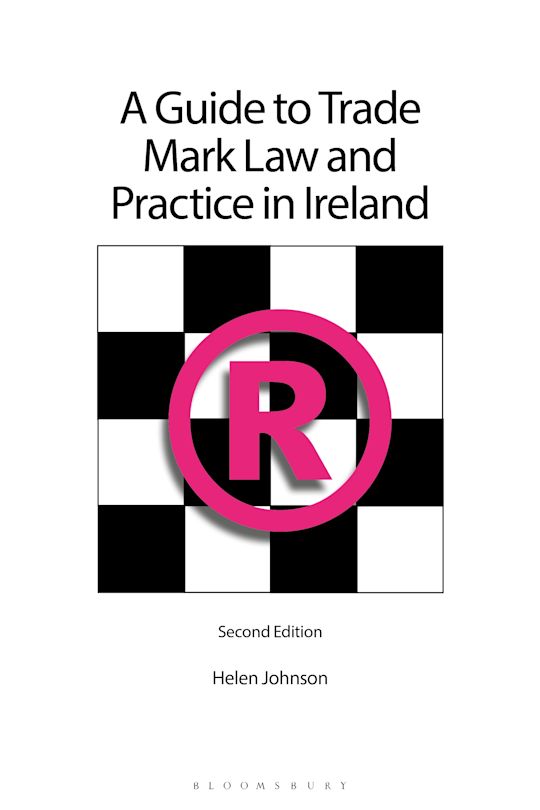
Title: Sale of Authorships for UK Design Registrations: Unveiling a New Scheme of Academic Manipulation
A recent investigation has highlighted a concerning trend at the crossroads of intellectual property and academic integrity. Researchers report that eight companies are under suspicion for selling authorship rights on design registrations issued by the UK—legal protections designed to preserve the visual style of products—in what appears to be a coordinated initiative aimed at artificially enhancing academic status, especially among scholars in India.
Comprehending UK Design Registrations
In contrast to the United States, which grants design patents that go through an exhaustive examination process for novelty, the United Kingdom provides “design registrations.” These are less rigorous types of intellectual property aimed at securing the ornamental design of an item, such as its shape, embellishments, or arrangement. Attaining a design registration in the UK confers exclusive rights to produce, sell, import, and export a product displaying the registered design for a period of up to five years (extendable to 25 years), yet it does not necessitate the same thorough assessment as a conventional patent.
Since design registrations lack substantive evaluation for originality or creativity, they are comparatively simple and cost-effective to acquire, rendering them a progressively appealing instrument for extensive misuse.
Encouraging Patent Applications in India
The rise in manipulation seems to be driven by academic policies in India. Under the guidelines of the University Grants Commission (UGC), India’s federal higher education authority, researchers can earn 10 points for each international patent (including those from the UK) tied to their name. These points feed into a ‘research score’ that greatly impacts faculty promotions and academic acknowledgment. Typically, a minimum research score of 120 is necessary to qualify for a promotion from associate professor to full professor.
Besides individual academic benefits, a high patent count also enhances an institution’s reputation in the National Institutional Ranking Framework (NIRF)—a reputable university ranking system in India. Such policies have, potentially unintentionally, cultivated an environment where inflated or even fraudulent intellectual property credentials bear considerable worth.
The Rise of IP Mills
Reese Richardson, a biologist at Northwestern University and co-author of the research, remarked on a change in late 2022 while observing online advertisements from “paper mills”—companies that offer authorships on academic journal articles, citations, and now, design registrations. These services are prominently promoted on social media platforms such as WhatsApp, Facebook, and Telegram, specifically targeting researchers with career aspirations.
Initially presented as “patents,” these products were frequently misrepresented design registrations granted by authorities in regions like the UK, Canada, Australia, and India. The intellectual property protections being marketed were not the result of genuine invention but rather opportunistic mechanisms to meet criteria in academic evaluation frameworks.
“These were not legitimate inventions,” Richardson pointed out, “but they were being granted actual intellectual property rights.” He added that the firms specifically advertised these pseudo-inventorships as means for improving both personal and institutional academic metrics.
An Urgent Appeal for Reform
Achal Agrawal, founder of India Research Watchdog—a platform scrutinizing unethical trends in Indian academia—has urged the UGC and other educational regulators to rethink their patent-based incentive structures. “They should concentrate on the value produced by the patents, though even that can be manipulated,” Agrawal cautioned.
According to critics like Richardson, the ultimate aim should be to eliminate quantitative measures in assessing academic merit entirely. A 2024 global review of university policies found that roughly 23% of universities clearly outline patents and commercialization achievements in their guidelines for promotion and tenure. While these metrics might appear objective, they often turn into channels for manipulation in resource-constrained environments.
“Systems that incentivize quantity over quality create fertile ground for misconduct,” Richardson contended. The flourishing market for design registration authorship is merely one aspect of a larger pattern also evident in fraudulent journal submissions, ghostwritten dissertations, and fabricated academic accolades.
Conclusion
The instance of UK-issued design registrations being traded for academic advantage exposes a troubling loophole in international education and intellectual property policy. While laws surrounding intellectual property were intended to foster innovation and safeguard inventors, their exploitation poses a serious threat to the integrity of academic systems globally. It highlights the pressing need for academic policymakers—especially in nations like India—to reevaluate the criteria employed for advancement and recognition in higher education.
Without the establishment of more rigorous verification processes, and with a shift back toward valuing the quality of scholarly contributions rather than their quantity, both researchers and educational institutions may remain susceptible to unethical shortcuts that jeopardize the credibility of science and education.